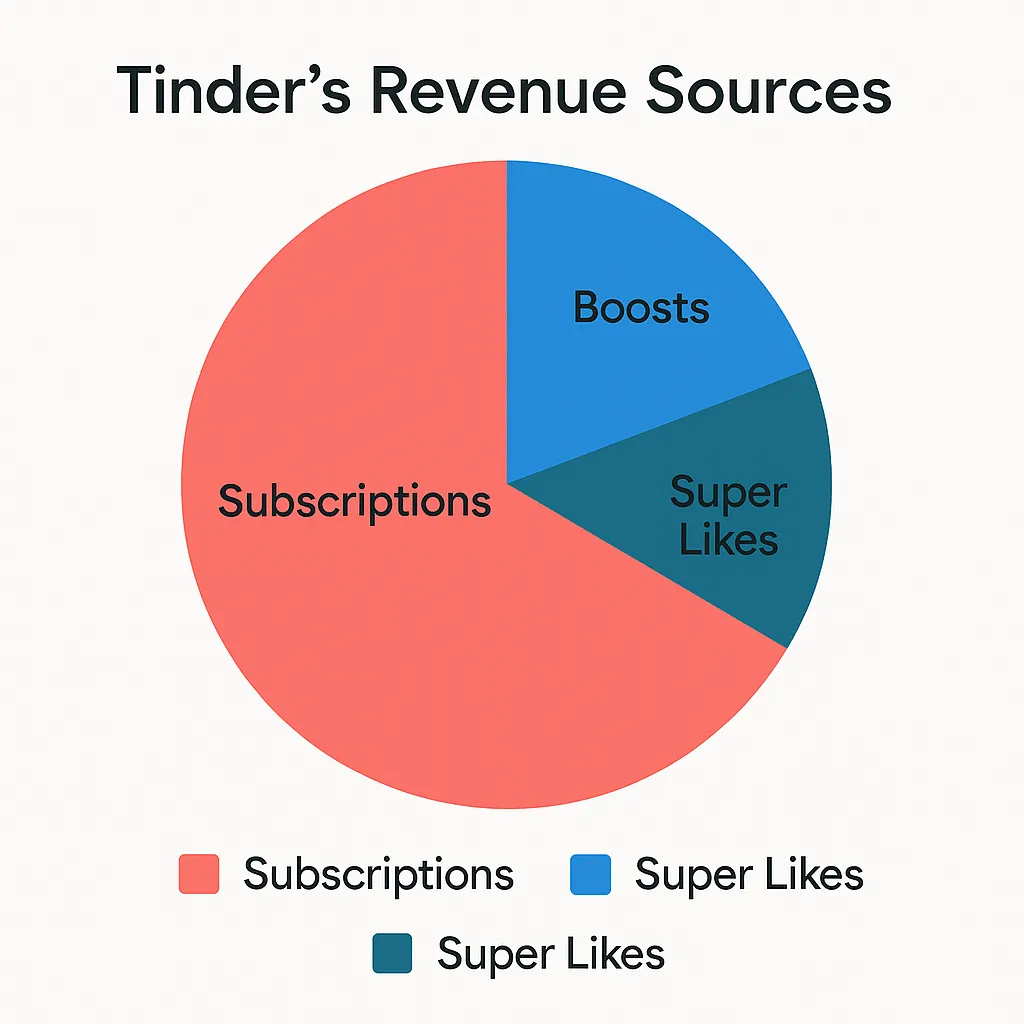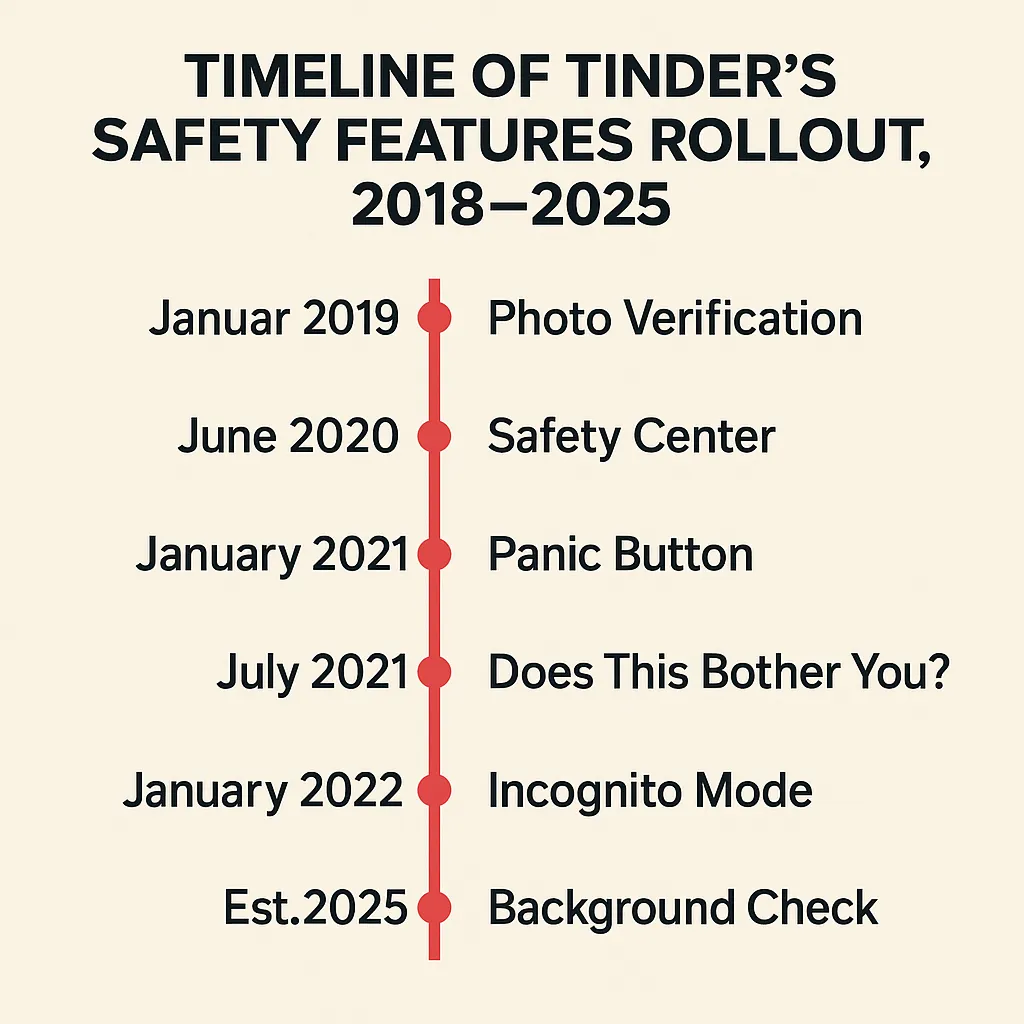You ever match with someone, open Tinder, and think, “Dang, this app just gets it?” That feeling isn’t random. Tinder’s not just a dating app—it’s a masterclass in engagement psychology, UI design, and good ol’ digital product finesse. If you’re building an app that needs users to stick around, scroll, swipe, and swoon, you’ll want to know exactly how Tinder does it.
Now, think like an entrepreneur or startup founder for a sec. You don’t need to reinvent romance. You just need to understand what makes a dating app like Tinder tick—and then remix it for your niche, your tribe, your idea. Whether you’re launching a hyperlocal networking platform or the next big matchmaking marvel, studying Tinder’s features is like stealing from the top of the class.
In this post, we’ll peel back the layers of Tinder’s feature set—the clever little things that keep users coming back for more. And hey, if you’re serious about building something similar, you’ll want to hear how Miracuves helps founders launch app clones that actually perform.
Read more: What is Tinder App and How Does It Work?
The Core Features That Make Tinder Irresistible
Let’s be real—Tinder didn’t invent online dating, but it redefined the experience. Here’s what drives its success:
1. Swipe-Based UI (The Signature Move)
Love it or hate it, swiping is addictive. It’s tactile, fast, and gamified. Swipe right for yes, left for no—it’s muscle memory now. This single feature changed the entire category of dating apps.
The swiping action is both a metaphor and a function. It’s frictionless decision-making. Apps like Bumble, Litmatch, and even job platforms have cloned it for good reason.

2. Location-Based Matching
Tinder introduced proximity-powered matches. The app uses GPS to connect people within a selected radius—say 10km—making matches more likely to convert into IRL meetups.
Real-World Use Case:
Hyperlocal business apps, friend-finder platforms, and even services like dog playdates can benefit from geolocation logic.
3. Smart Matching Algorithm
Tinder isn’t just throwing random profiles your way. It uses behavior data—who you swipe on, how long you linger, your bio matches—to increase “matchability.” Match queue, behavioral targeting, AI-driven dating apps, compatibility algorithm
According to Statista, Tinder had over 75 million users globally as of 2024, largely thanks to its efficient algorithmic matches.
4. Double Opt-In Chat System
No creepy messages unless both users swipe right? Genius. This system protects users from unwanted attention while creating an earned messaging experience.
It taps into safety, agency, and mutual interest—core psychological drivers in the online dating space.
5. Photo-Centric Profiles
Visuals > Text. Tinder emphasizes high-res photos with optional prompts (bio, job, age, music taste via Spotify). It’s like your personality, at a glance.
Meronyms to Include:
Filters, grid layout, avatar, selfie validation
Engagement & Monetization: The Real Tinder Magic
Once users are hooked, Tinder ramps up the engagement with these clever add-ons:
6. Super Like, Boost, and Top Picks
These premium actions give users more control, visibility, and attention. And yes—they’re monetized.
Freemium model, in-app purchases, engagement drivers, microtransactions

7. Tinder Gold & Tinder Plus
Subscription tiers with perks like unlimited swipes, rewind (undo), location switching (passport), and more profile control.
8. Read Receipts and Priority Likes
Only available to paid users, these features increase the odds of getting noticed. Think of it like Tinder’s version of “blue tick” verification.
Offering “status” features behind a paywall is a tried-and-true monetization model, also used by X (formerly Twitter), Hinge, and even Instagram Close Friends.
Community, Content & Personalization
Engagement doesn’t stop at swipes. Tinder uses community-building and personalization to deepen the hook.
9. Explore Tab & Festival Mode
Newer features allow users to discover matches by niche interests (pets, foodies, gamers), or connect during live events like Coachella or Pride Month.
Holonyms to Embed:
Events, smartphones, subcultures, music festivals
Personalization + micro-community = more engagement and niche monetization.
10. Video Profiles and Vibes
Short videos, mood stickers, and daily quizzes give users ways to showcase personality beyond static images.
Polysemy Use:
“Vibes” = mood, atmosphere, signal. Also used across Snapchat, YouTube Shorts, Instagram Stories.
Etymology Fun Fact:
“Vibe” stems from “vibration,” reflecting the emotional tone of a person or situation—fitting for dating, huh?
11. Safety Features: Panic Button & Photo Verification
With rising safety concerns in online dating, Tinder rolled out serious measures like the panic button (via Noonlight integration) and photo verification with gesture-based selfies.
Trust equals retention. If users don’t feel safe, they won’t stick around—or pay.

Why These Features Matter for Founders & Creators
You’re not just building an app—you’re creating a habit. Tinder didn’t just build a swipeable UI. It engineered a culture, a language, and a routine.
Let’s break that down for your startup playbook:
- Swipes = Engagement
- Geo = Conversion
- Premium Actions = Revenue
- Community Features = Longevity
- Safety = Trust
Read more: Best Tinder Clone Scripts in 2025: Features & Pricing Compared
No matter your niche—professional networking, mental health check-ins, pet playdates—these principles apply. And the good news? You don’t have to build it from scratch.
Miracuves helps founders launch Tinder-style clone apps that are optimized for user retention, scalability, and monetization. So whether you’re going local, global, or ultra-niche, you’ve got a team that gets the blueprint.
Conclusion
Tinder’s genius isn’t just in matching people—it’s in building behavior loops, emotional touchpoints, and monetizable features that feel fun, not forced. If you’re dreaming up your own swipe-worthy platform, now you know where to start.
The dating game might evolve, but the playbook? That’s timeless.
At Miracuves, we help innovators launch high-performance app clones that are fast, scalable, and monetization-ready. Ready to turn your idea into reality? Let’s build together.
FAQs
Q:1 What makes Tinder different from other dating apps?
Tinder popularized swipe-based matching and double opt-in messaging, making it feel fast, fun, and safer than older platforms.
Q:2 Can I build a Tinder-like app for another niche?
Absolutely. Swiping and matching can be repurposed for jobs, friendships, pet playdates, networking—you name it.
Q:3 Is the swipe feature patented?
Tinder did file a patent, but it’s not exclusive anymore. You can legally build swipe interfaces with unique logic.
Q:4 How does Tinder keep users engaged long-term?
Through regular updates, algorithm tweaks, and features like Explore Tab and Festival Mode that appeal to evolving interests.
Q:5 Do I need AI to build a matching algorithm?
Not necessarily. You can start with rule-based filters and expand into AI-driven suggestions as your user base grows.
Q:6 How much does it cost to build a Tinder clone?
It depends on features, tech stack, and region. But Miracuves can help you launch a MVP Tinder-style app at startup-friendly pricing.
Related Articles:








